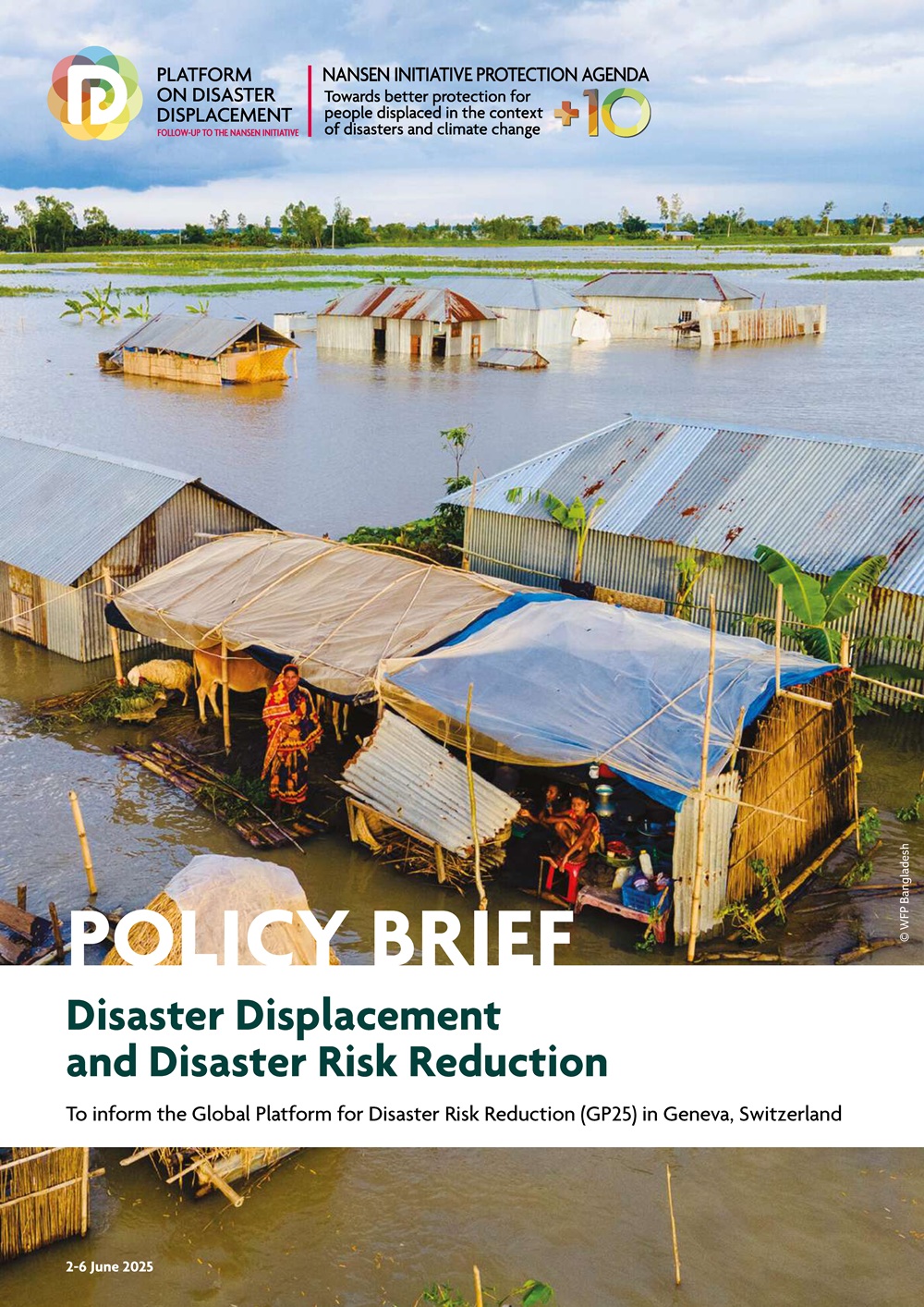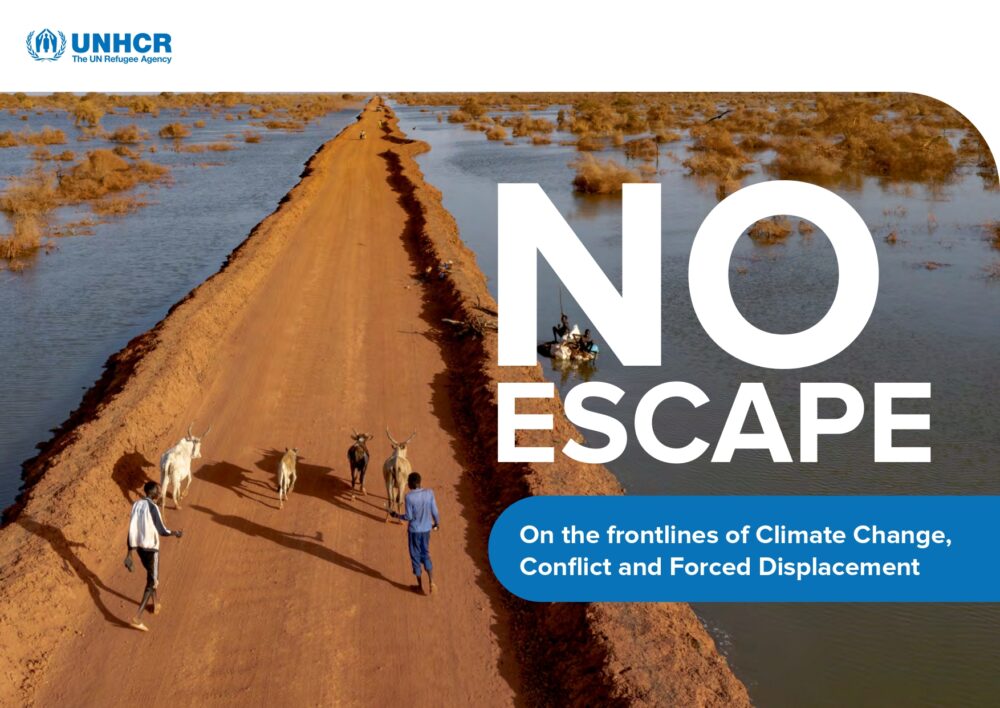In-Depth Report | Unpacking Spatial Complexity: Case Studies of Planned Relocation with Multiple Origin and Destination Sites
By Sanjula Weerasinghe & Erica Bower
The diversity in spatial patterns of planned relocation cases is poorly understood. The most familiar pattern involves moving people from a single site of origin to a single site of destination, and as such planned relocation cases tend to be presented as homogeneous phenomena without sufficient attention to the particularities of different spatial patterns and their implications for policy and practice. However, a recent global mapping by the Platform on Disaster Displacement (PDD) and the Andrew & Renata Kaldor Centre for International Refugee Law at the University of New South Wales, Leaving Place, Restoring Home, and its dataset of over 300 planned relocation cases, showed that States and communities have used other configurations of relocations between origin and destination sites to move people out of harm’s way.
This narrative and visual compilation of nine case studies from Ethiopia, Guatemala, Indonesia, Mozambique, Papua New Guinea, the Philippines, Somalia and Viet Nam, commissioned by GIZ, sheds light on the complexity of the less familiar pattern of planned relocation which involves multiple origins and multiple destinations. It offers preliminary insights for policy and practice on characteristics, approaches to implementation and associated challenges.
This report is part of a larger set of studies aiming at establishing an evidence base on planned relocation cases, including: the global mapping Leaving Place, Restoring Home; an IOM-commissioned study, Leaving Place, Restoring Home II (forthcoming); two GIZ-commissioned regional snapshots on Planned Relocation in Asia and Planned Relocation in the Pacific; and a report on sea-level rise and planned relocation developed for the Kaldor Centre for International Refugee Law (forthcoming).




